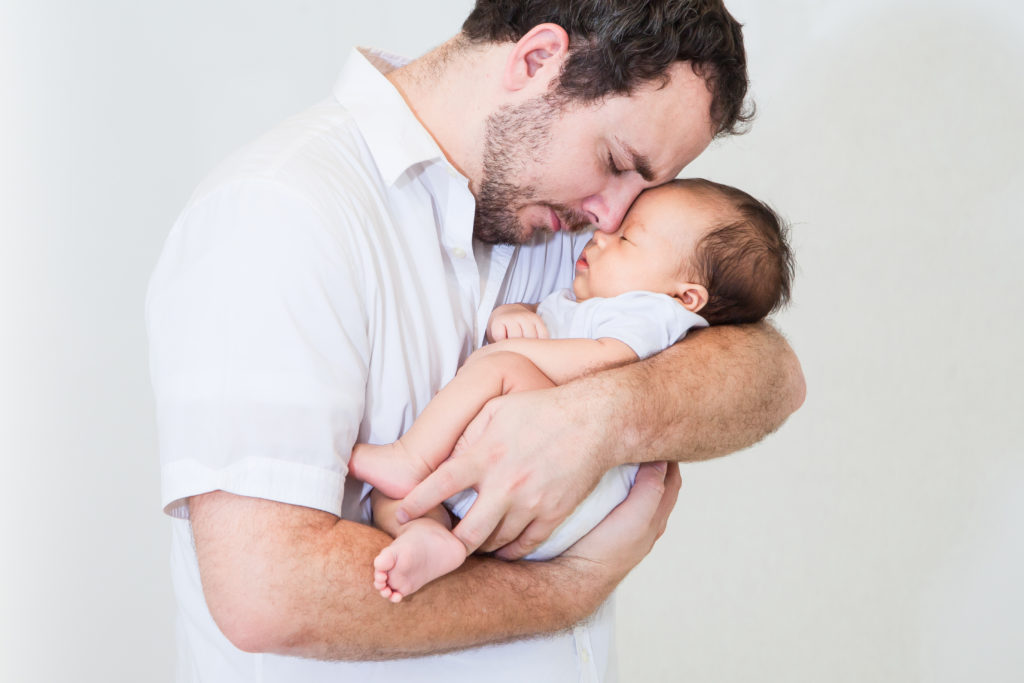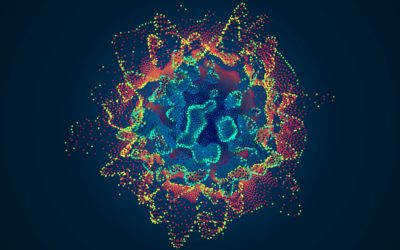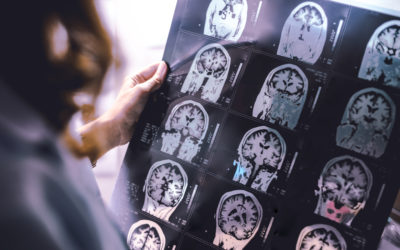Quick Hits
Daily brief research updates from the cognitive sciences

We know that mothers go through multiple physical and psychological changes after birth (and before) including change in brain structures. That may sound surprising to the uninitiated – and it is fascinating. But that has been reasonably well researched.
What, however, has not been well researched, barely at all is that of the father. There have been some psychological studies showing that men do become more caring, but also that their testosterone does also drop. Presumably to help prime the body and brain for more caring – though I reported previously on the complicated role of testosterone.
But is this matched by changes in the brain – here at leading brains we know that if there is a behavioural change there will be a biological, brain, change. And this is precisely what a group of Spanish and US researchers around Magdalena Martínez-García have found out and described in a recently published paper.
The findings are interesting also because they do not show change to some regions we might expect. For example, in mothers changes in the brain limbic regions has been noted. This region is considered our emotional centre so unsurprising. But this region did not seem to change in fresh fathers.
What was, however, seen are small changes in the prefrontal regions, particularly in areas that are associated with something called the default mode network. This is a region that is active when doing nothing but also is involved in so-called mentalizing tasks i.e. being able to think about what other people think – this could be seen as an increase in ability to empathise. Similarly, some of the changes in the prefrontal regions are in regions that are associated with social functions in human beings.
Another area that showed changes was in the visual area – this suggests a change in visual capabilities maybe referring to sensitivity in responsiveness to different visual cues i.e. of a little baby rather than hunting for deer.
The study involved 20 men whose brains were scanned before or after the birth of their first child and a control group of 17 childless men. So, it wasn’t a large scale study but gives us our first glimpse into the changes that men’s brains go through with the birth of their first child.
This hints at increased empathy, changed sensitivity to visual stimuli, and increased social functions. All in pretty good.
On a different note, in case, any of you men are worried, is that men are seen as more positive as fathers, and interestingly “manly” traits (such as strength) are still associated with fathers but also in addition with more caring traits – and this shows in the brains.

Andy Habermacher
Andy is author of leading brains Review, Neuroleadership, and multiple other books. He has been intensively involved in writing and research into neuroleadership and is considered one of Europe’s leading experts. He is also a well-known public speaker, speaking on the brain and human behaviour.
Andy is also a masters athlete (middle distance running) and competes regularly at international competitions (and holds a few national records in his age category).
References
Magdalena Martínez-García, María Paternina-Die, Sofia I Cardenas, Oscar Vilarroya, Manuel Desco, Susanna Carmona, Darby E Saxbe,
First-time fathers show longitudinal gray matter cortical volume reductions: evidence from two international samples
Cerebral Cortex, 2022;, bhac333
https://doi.org/10.1093/cercor/bhac333
More Quick Hits
Your brain on near-death experiences
Near-death experiences have fascinated many people ever since they have been reported. And these experiences guide our view of how we die: the memories of your life passing in front of your eyes, the tunnel of light, the floating movement towards a bright light....
Social networks grow your brain
The headline is a bit “click baity” but it is what a group of researchers found. To be more specific they found in macaques (cute monkeys) in the wild that having more grooming partners grew different regions of the brain. Grooming is the primate version of having a...
What do creative brains look like?
We’d probably all be happy to be a bit more creative — though research into our own opinions show that many people do actually consider themselves to be above average in creativity. An obvious self-bias. This is where scientists who study creativity come in and find...
New gender biases discovered
There have been many studies on gender biases, and I have followed, written, and spoken about many of these biases over the years (over a decade actually) but two studies have just come out that caught my eye. One out of New York University focused on gender natural...
Growth of your brain over your life
So, we all know that our brain grows very quickly as babies and children and then after a certain age, younger than some of us may like to think, there begins a slow decline. But precisely what and how is the question. Well, this is a question that an international...
How to reduce loneliness
I have reported multiple times on loneliness during the pandemic – mostly because interest and research into loneliness has taken a large uptick. I have also reported on how to combat this and was happy to see that a piece of research just out proved what I had...






